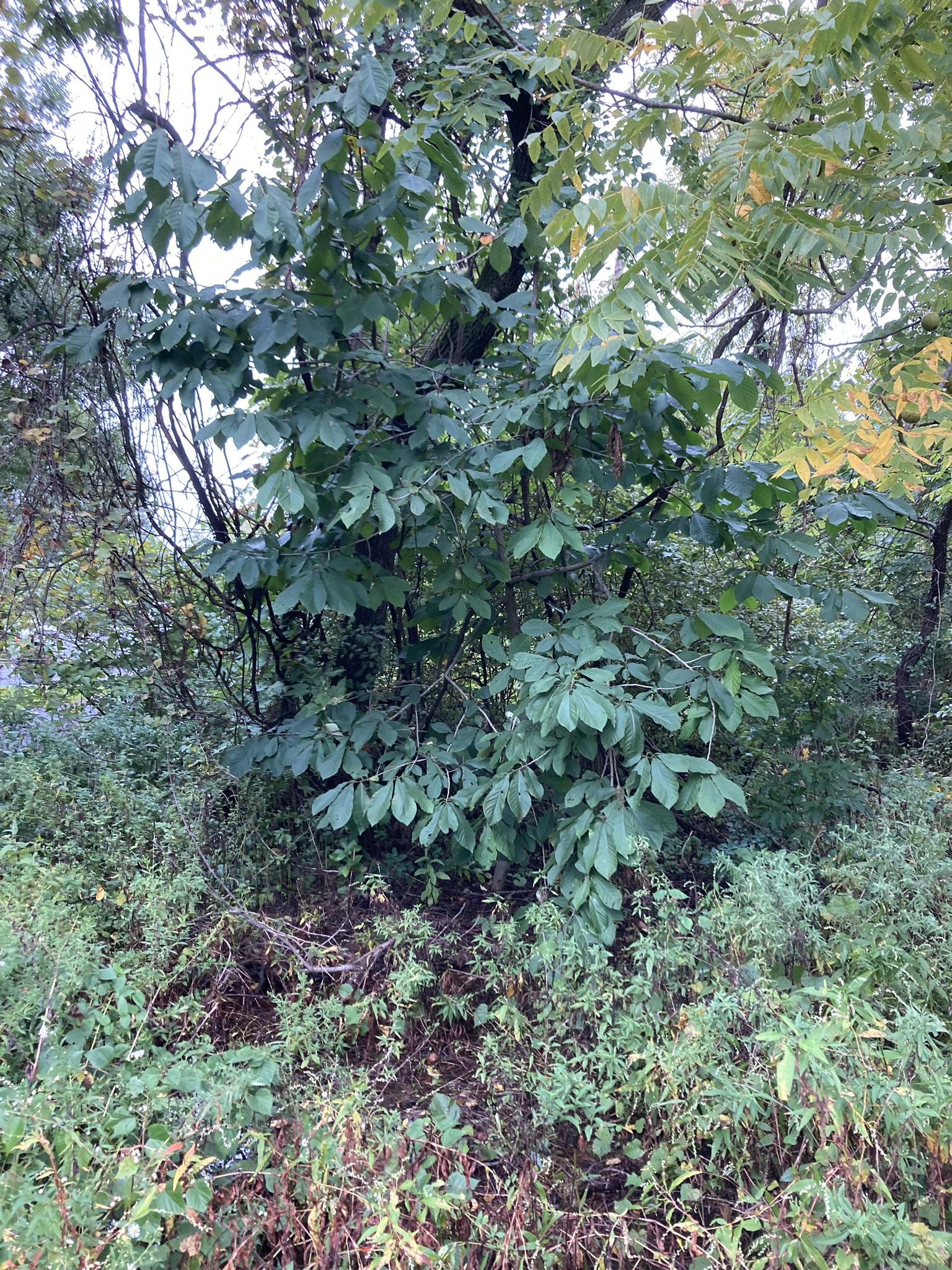 Image 1 of 10
Image 1 of 10

 Image 2 of 10
Image 2 of 10

 Image 3 of 10
Image 3 of 10

 Image 4 of 10
Image 4 of 10

 Image 5 of 10
Image 5 of 10

 Image 6 of 10
Image 6 of 10

 Image 7 of 10
Image 7 of 10

 Image 8 of 10
Image 8 of 10

 Image 9 of 10
Image 9 of 10

 Image 10 of 10
Image 10 of 10











American Beech
🌳 Fagus grandifolia (American Beech)
Large Deciduous Tree | Eastern North American Native | Keystone Canopy Species | Wildlife Haven
Highlights for Native Plant Enthusiasts:
🐛 Host plant for dozens of native moths, including the Early Hairstreak, an old-growth forest specialist
🐿 Produces small, nutrient-rich beechnuts—a critical late-season food source for black bears, turkeys, squirrels, and songbirds
🍂 Smooth gray bark and golden-bronze fall leaves—a signature species of mature eastern forests
🌿 Semi-marcescent foliage provides winter cover and microhabitat for overwintering insects and birds
🌳 Excellent for deep woodland reforestation, forest-edge plantings, and wildlife corridors
🌱 Slowly spreads by root suckers—great for long-term forest structure and continuity
Growing Information:
Height: 50–80 ft | Spread: 40–60 ft
Soil: Prefers moist, well-drained, slightly acidic soils rich in organic matter
Light: Best in part shade to full sun when young; thrives in shaded woodland canopies as it matures
Zones: 3–9
Type: Long-lived deciduous hardwood
Growth Rate: Slow, but steady—often lives 200+ years
Why Native Growers Love It:
Fagus grandifolia is a cornerstone species of mature eastern deciduous forests—providing structure, shade, shelter, and sustenance for a broad range of native wildlife. With its beechnuts feeding forest creatures into winter, and its canopy supporting myriad insects and birds, it’s a keystone of intact ecosystems and a favorite among restorationists.
Its regal, smooth bark and ability to create cool, shaded understories also make it ideal for reforesting legacy lands, protecting woodland streams, and restoring the forest interior that many species depend on.
2024 marks the year the Beech Leaf Disease reached Delaware (specifically New Castle County). Identifying, propagating, planting, and growing more American Beech trees is essential in their ability to garner natural population resistance.
Play your part in conservation efforts by planting local ecotype American Beech trees!
🛒 Plant Fagus grandifolia—rebuild the forest, feed the wild, and grow something that lasts generations.
🌳 Fagus grandifolia (American Beech)
Large Deciduous Tree | Eastern North American Native | Keystone Canopy Species | Wildlife Haven
Highlights for Native Plant Enthusiasts:
🐛 Host plant for dozens of native moths, including the Early Hairstreak, an old-growth forest specialist
🐿 Produces small, nutrient-rich beechnuts—a critical late-season food source for black bears, turkeys, squirrels, and songbirds
🍂 Smooth gray bark and golden-bronze fall leaves—a signature species of mature eastern forests
🌿 Semi-marcescent foliage provides winter cover and microhabitat for overwintering insects and birds
🌳 Excellent for deep woodland reforestation, forest-edge plantings, and wildlife corridors
🌱 Slowly spreads by root suckers—great for long-term forest structure and continuity
Growing Information:
Height: 50–80 ft | Spread: 40–60 ft
Soil: Prefers moist, well-drained, slightly acidic soils rich in organic matter
Light: Best in part shade to full sun when young; thrives in shaded woodland canopies as it matures
Zones: 3–9
Type: Long-lived deciduous hardwood
Growth Rate: Slow, but steady—often lives 200+ years
Why Native Growers Love It:
Fagus grandifolia is a cornerstone species of mature eastern deciduous forests—providing structure, shade, shelter, and sustenance for a broad range of native wildlife. With its beechnuts feeding forest creatures into winter, and its canopy supporting myriad insects and birds, it’s a keystone of intact ecosystems and a favorite among restorationists.
Its regal, smooth bark and ability to create cool, shaded understories also make it ideal for reforesting legacy lands, protecting woodland streams, and restoring the forest interior that many species depend on.
2024 marks the year the Beech Leaf Disease reached Delaware (specifically New Castle County). Identifying, propagating, planting, and growing more American Beech trees is essential in their ability to garner natural population resistance.
Play your part in conservation efforts by planting local ecotype American Beech trees!
🛒 Plant Fagus grandifolia—rebuild the forest, feed the wild, and grow something that lasts generations.































